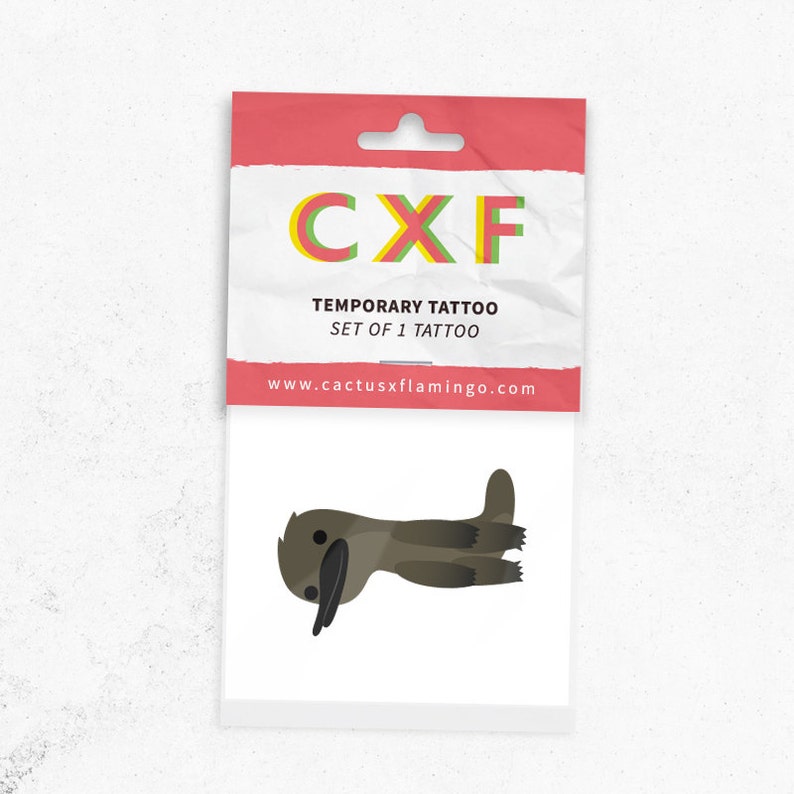

It does not fit into the Platypus Model 1 and Model 10. The Swipe converter is fatter than the standard and so it does not necessarily fit into the body or section of your conventional cartridge converter pens. The Swipe converter has a larger ink capacity than the standard international (about 1.3ml compared to 0.75ml) but nonetheless fits onto any nib unit that expects to be mated to a standard international converter. Certainly it came up in a conversation with him.) (If I recall correctly, the idea was originally Michael Lampard’s. One way to make the new pen stand out a bit from the current Model 10 -and from most other cartridge converter pens- was to utilise the large volume cartridge converter that TWSBI sell for their Swipe pen. First thoughtsĪn early prototype for Model 20 alongside a Model 10. The final version will almost certainly look like this. The new model will be different in just about every way, and is ‘better’ only if you prefer the differences. I’m prepared to wear that possibility, but really, if you like everything about the Model 1 or Model 10 then buy one. Legend has it that the pioneering Osborne computer company went bust in the early 1980’s because people stopped buying the existing stock after more advanced models were shown in prototype form ( ). The Osborne effect is a lesson for marketers where customers hold off on buying existing models in the expectation of buying a newer model. The Model 20 is not yet available, and the last details of its design are not yet final, so this announcement runs the risk of inducing the Osborne effect. I have been working on a totally new fountain pen model that differs in major ways from the exisiting models 1 and 10. Water in polyurethane networks: physical and chemical ageing effects and mechanical parameters. International Journal of Polymer Analysis and Characterization, 2014, 19 (7), pp.571-584. Thermal Aging Effect on Mechanical Properties of Polyurethane. Abbas Tcharkhtchi, Sedigheh Farzaneh, Sofiane Abdallah-Elhirtsi, B Esmaeillou, F Nony, et al.
#3d platypus tattoo series
The next blog post in this series will detail my studies of water loss from various bladder constructions and the ways that I have made the problem minor enough to be unproblematical for normal fountain pen use.

Not disastrously so, but even a little can lead to drying out of ink if it is left in the pen for long enough. Unfortunately polyurethane is slightly permeable to water. Not every property of polyurethane is perfect for its role as the bladder for the Platypus Model 20 fountain pen. Those data will be the subject of the next blog post in this series. The 3D-printed polyurethane tree frog is looking at some of the data collected to determine the rate of water loss through the walls of various bladders. You can see in the photo that it is not a great print (I like to think that I could do much better now), but it sat on a windowsill for about 7 years and has proved itself both stable and an excellent dust collector. I still have the tree frog that is the first ‘flexible’ print that I ever made. I do have some limited long-term experience of 3D-printed polyurethane. It has also been reported that the presence of water hinders embrittlement from developing with ageing, a finding that might be relevant to polyurethane ink bladders. It has even been reported that polyurethane becomes less brittle over time, albeit at elevated temperatures. In contrast to rubber, polyurethane does not suffer from embrittlement much at all. The particular filament used is Filaflex 82A, made by Recreus in Spain. The TPU filament used for printing the Platypus Model 20 bladders is softer than many TPU filaments, with a technical Shore hardness rating of 82A, as compared to the most common 95A. Polyurethane comes in many variants and different degrees of hardness. It is widely used in many different roles, from stretch fabrics (Spandex, Lycra) to components of car suspension and skateboard wheels. Polyurethane’s flexibility and stability make it remarkably useful. Polyurethane is remarkably robust, chemically stable, and resistant to many solvents.

The Platypus Model 20 bladder is made of polyurethane, a type of plastic that is often called TPU in the context of 3D-printing. It seems likely that the bladder would withstand far more than 100,000 actuations, but that is far more than any bladder would see in even a lifetime of continuous use. After 100,000 actuations the bladder was still intact, still moved water in and out when twisted, and was totally undamaged by the experience. The bladder shown in the video was actuated with a stepper motor (driven by a 3D printer control board) repeatedly for more than a day.


 0 kommentar(er)
0 kommentar(er)
